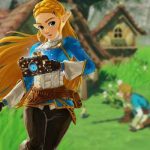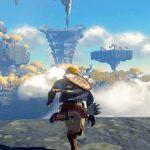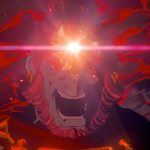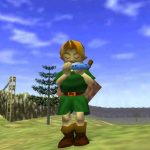Princess Zelda has been a beloved character in the world of video games since her debut in 1986. Throughout the years, she has undergone various transformations and adaptations, becoming an icon in the gaming industry. From classic 8-bit graphics to modern 3D models, Princess Zelda has evolved in many ways. In this article, we will rank all versions of Princess Zelda from classic to modern, taking a closer look at each version’s strengths and weaknesses.
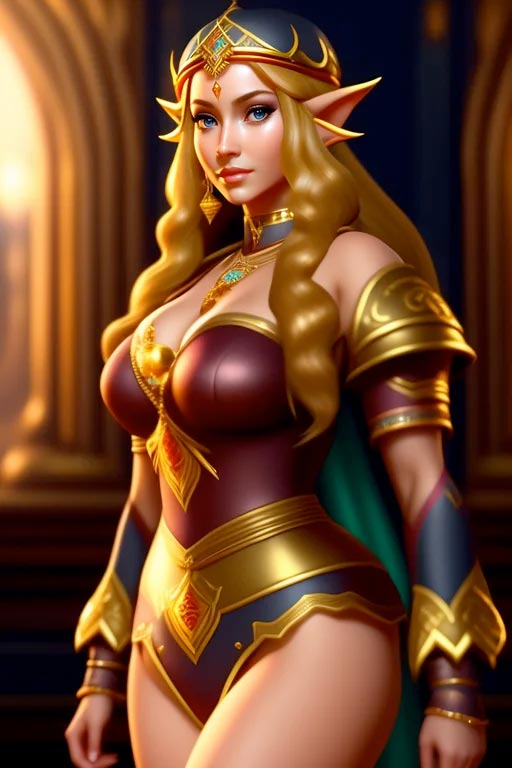
Classic Versions:
The classic versions of Princess Zelda are the ones that started it all. These versions feature simple 8-bit graphics and gameplay but still managed to capture our hearts with their charm and simplicity.
First on our list is the original Princess Zelda from the 1986 game. Despite her limited appearance and lack of personality, this version set the foundation for all future versions of the character.
Next up is Princess Zelda from A Link to the Past. This version introduced us to a more fleshed-out character with a distinct personality. Her role in the game was more significant, and her design was more detailed.
Modern Versions:
As technology advanced, so did Princess Zelda’s appearance and personality. Modern versions of Princess Zelda feature 3D models, voice acting, and more complex storylines.
Our top pick for the best modern version of Princess Zelda goes to her portrayal in Breath of the Wild. This version features a strong and independent character who takes an active role in the game’s story. Her design is stunning, and her personality is well-developed.
Here is a list of Princess Zelda versions in The Legend of Zelda franchise:
- The Legend of Zelda (1986)
- Zelda II: The Adventure of Link (1987)
- The Legend of Zelda: A Link to the Past (1991)
- The Legend of Zelda: Link’s Awakening (1993)
- The Legend of Zelda: Ocarina of Time (1998)
- The Legend of Zelda: Majora’s Mask (2000)
- The Legend of Zelda: Oracle of Ages and Oracle of Seasons (2001)
- The Legend of Zelda: The Wind Waker (2002)
- The Legend of Zelda: Four Swords Adventures (2004)
- The Legend of Zelda: Twilight Princess (2006)
- The Legend of Zelda: Phantom Hourglass (2007)
- The Legend of Zelda: Spirit Tracks (2009)
- The Legend of Zelda: Skyward Sword (2011)
- The Legend of Zelda: A Link Between Worlds (2013)
- The Legend of Zelda: Tri Force Heroes (2015)
- The Legend of Zelda: Breath of the Wild (2017)
Conclusion:
Princess Zelda has come a long way since her debut in 1986. From classic 8-bit graphics to modern 3D models, she has undergone various transformations and adaptations. Each version of Princess Zelda has its strengths and weaknesses, but they all contribute to the character’s overall legacy. Whether you prefer the simplicity of the classic versions or the complexity of the modern ones, Princess Zelda will always be an iconic character in the world of video games.
Princess Zelda is a fictional character in the popular video game franchise, The Legend of Zelda. She is often portrayed as the damsel in distress that the game’s protagonist, Link, must rescue. However, in some versions, she is a more active character who takes an important role in the game’s storyline.
There are many versions of Princess Zelda throughout the various games in The Legend of Zelda franchise. Each version has its unique design and personality, ranging from the classic 8-bit graphics to modern 3D models.
The best version of Princess Zelda is subjective and depends on personal preference. Some players prefer the classic versions for their simplicity and nostalgia, while others enjoy the more complex and well-developed modern versions.
Princess Zelda’s role varies depending on the version of the game. In some versions, she is the damsel in distress that Link must rescue, while in others, she plays a more active role in the game’s storyline.
As The Legend of Zelda franchise continues to evolve and expand, it is likely that there will be more versions of Princess Zelda in the future. Fans can look forward to seeing how this iconic character will continue to develop and change over time.


